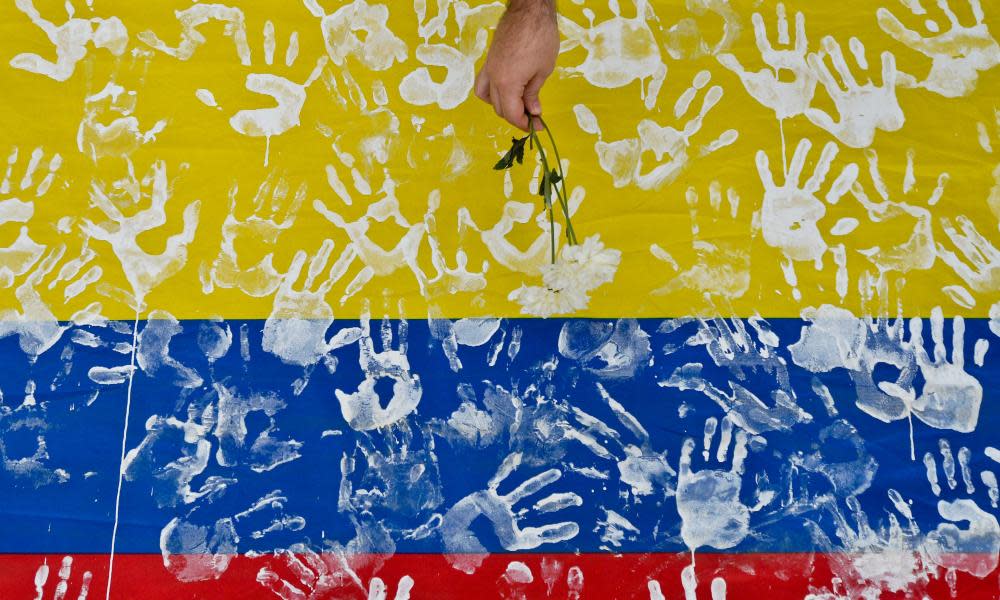Colombia: six killed at site of notorious 1990s massacre as violence returns

Six people have been killed in a remote Colombian town notorious as the site of one of the worst massacres of the country’s civil war, stoking fears that the brutal violence of the past has returned.
President Iván Duque tweeted confirmation of the massacre which took place in Mapiripán, in Colombia’s eastern plains on Monday night. Initial reports say one minor was among those murdered.
The Colombian government signed a peace deal with leftist insurgents the Revolutionary Armed Forces of Colombia (or Farc) in late 2016, formally ending 52 years of civil war that left more than 260,000 dead and 7 million displaced. The military and state-aligned paramilitary groups contributed to the bloodshed.
That deal was supposed to usher in a new, peaceful chapter in Colombia’s history, but atrocities continue at an alarming pace. At least seven massacres have been committed by myriad groups since March last year, while murders of human rights defenders and local activists have soared since the signing of the peace deal.
Mapiripán has been a byword for atrocity since July 1997, when a paramilitary death squad armed with chainsaws and machetes, beheaded and butchered dozens of people suspected of collaborating with the rebels. Estimates of the death toll range between 13 and 77 but the final figure has never been established as victims’ bodies were dumped in a nearby river.
It is not yet clear who is responsible for the latest massacre. Authorities have speculated that it is the result of a dispute between local drug trafficking gangs.
The region, a key drug trafficking corridor, has long been frequented by Farc dissidents who chose not to lay their weapons following the 2016 deal, as well as resurgent paramilitary groups who ignored their own demobilisation process in 2006.
For locals, once again caught between rifle fire, it does not matter who is behind the latest barbarism.
“Once again it’s Mapiripán having to live through a massacre. It has opened up a trauma we thought we had put behind us,” said Mayerly Triana Hoyos, a survivor of the 1997 massacre. “Living among armed gangs, both ex-paramilitary and ex-Farc, is a fact of life for us here.”
Hoyos and other survivors had expressed concern about resurgent armed groups when the Guardian visited Mapiripán in September. “There’s people with guns all over the countryside around here,” said another survivor, who was 13 at the time of the original massacre. “I had to hide in my wardrobe, when [the paramilitaries] came … of course there’s a fear it could happen again.”
Hoyos said the army had not done enough to protect civilians in the rural hamlets nearby, where Monday’s massacre took place. “They go out on patrol but they don’t cover enough ground around here,” she said. “We are angry and we are scared because we have been abandoned.”

 Yahoo News
Yahoo News 
